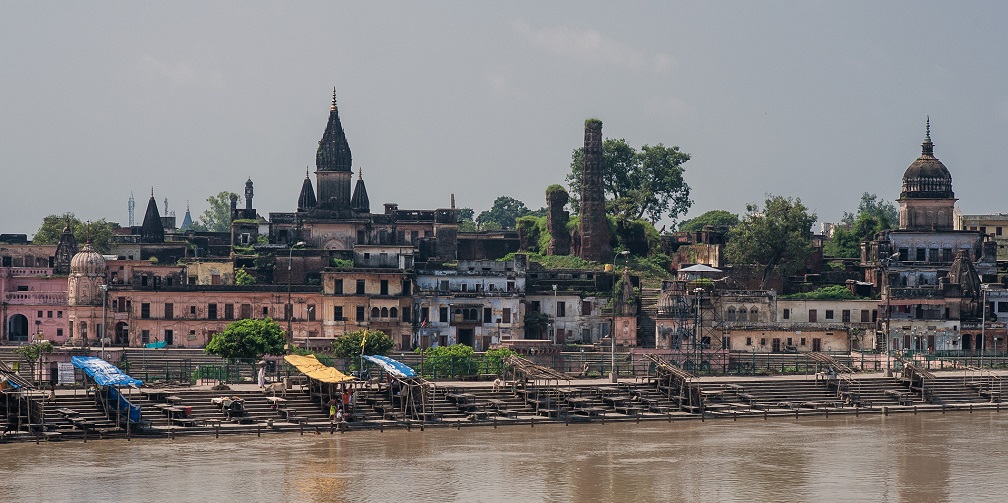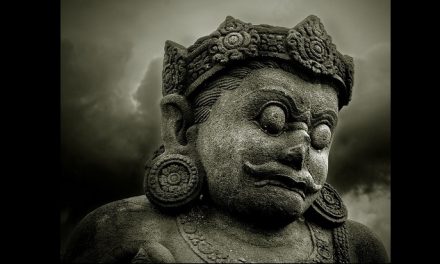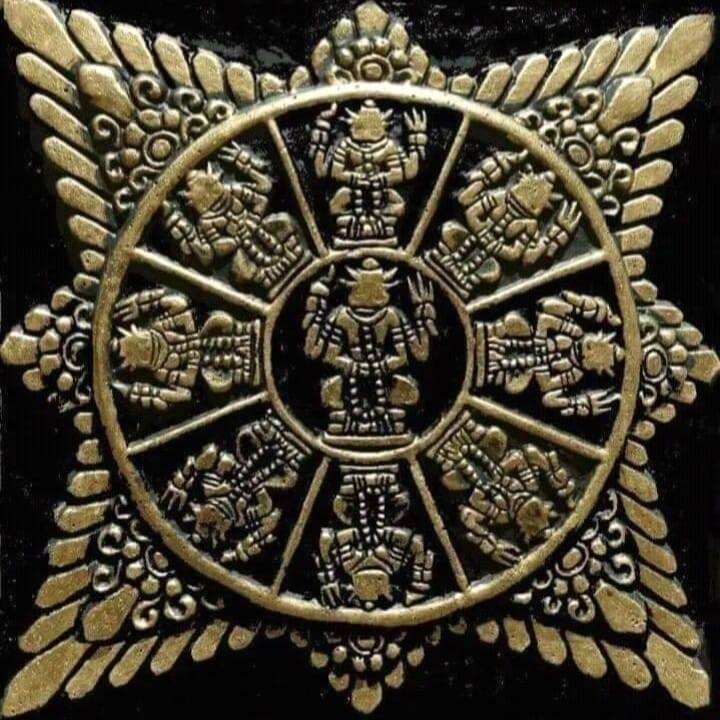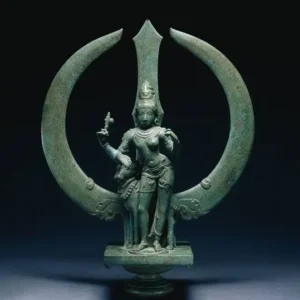
Originally posted on Medium
Sanskrit names return in India – Over the past five years, local Indian governments have renamed towns, streets, airports and one of the country’s biggest train stations, swapping names that reflected the time of the Moslem invasions for the original or new Sanskrit-based ones.
A generation ago, leaders in Maharashtra already renamed Bombay as Mumbai (the city’s patron goddess being Mumbadevi). Madras became Chennai, Calcutta became Kolkata, Bangalore became Bengaluru. All the changes were a rejection of anglicized names that came into use during British colonial rule.
Prayagraj
The recent wave of name changes is this time about reverting Islamic names into Indian ones. The Uttar Pradesh government recently renamed Allahabad, one of the state’s largest cities, which was named by India’s Mughal rulers in the 17th century. Located on the banks of the Ganges, and at the confluence of three holy rivers, the city is now known as Prayagraj.
The new appellation is similar to the city’s original name, Prayag (which means “a place of sacrifice)”. This is where the Creator of the Universe, Brahma, made his first offering at the area where the Ganges and Yamuna rivers meet.
The Sanskrit word raj, which means “king”, was added. Prayagraj is the site of India’s biggest Kumbha mela, a massive pilgrimage that is the world’s largest religious festival.
The name Allahabad dated to the 16th century, a legacy of the Mughal invader Akbar. Changing Allahabad’s name has been a long standing popular demand, to remove the stigma of the four centuries of Moslem occupation by the cruel and oppressive Mughal rulers who often indulged in genocide of the local population and unsuccessfully attempted to erase Indian culture.
The man behind Allahabad’s name change and many others is Yogi Adityanath – a monk and chief minister of India’s most populous state, Uttar Pradesh (with more than 200 million inhabitants, the state is bigger than many countries). Yogi Adityanath also had Ali Nagar renamed as Arya Nagar.
Sanskrit names to reverse the Islamic destruction of Indian culture
Many Indians are eager to reverse the Mughals’ attempts to destroy India’s culture by returning the locations to their original Sanskrit names. In the same way, the Moslem town of Kannauj overlaid the original city of Kanyakubja, the capital of the legendary king Yasovarman. Many other such examples exist throughout India.
Faizabad, 160km north of Allahabad, the seat of former “Nawabs” (Moslem chieftains) since the 18th century, is now known again as Ayodhya, the birthplace of Rama.
More renamings are to follow. Legislator Sangeet Som wants Muzaffarnagar to be named Lakshminagar, after the name of Goddess Lakshmi. Legislators also plan to rename the city of Agra, 230km southeast of New Delhi, to be named Agar-Van, meaning “city of forests”. Many smaller towns and villages have already be renamed into their original names.
The West Bengal government also has a proposal to change the name of the state from West Bengal to Bangla. It had approved the name changes for 11 cities of Karnataka, including Bangalore to Bengaluru, in 2014.
For generations, even centuries, the way Indians interpret their own history has been tainted by colonialism and foreign influence. Today, nearly 72 years after casting off colonial rule, Indians are harmoniously starting to return to their own culture.








